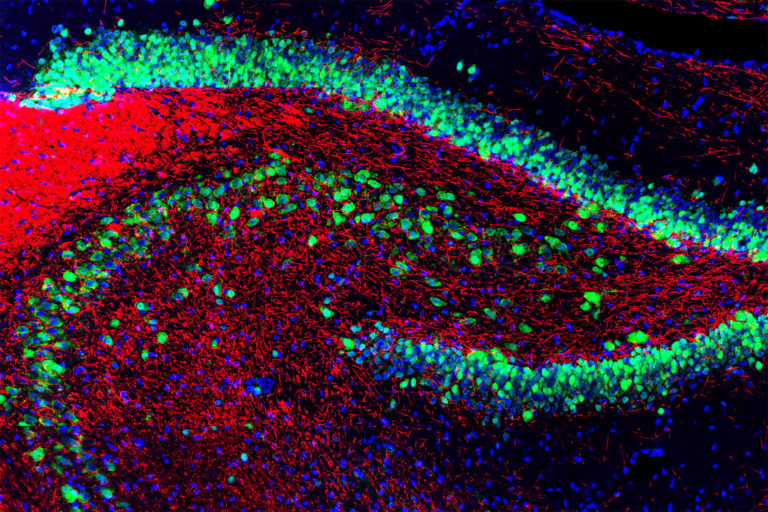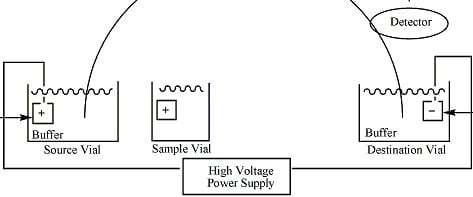As I draw this series to a close it is with a measure of pride, and also with a few questions. What did readers think of the Basics of Protein Phosphorylation series? Would you like to see more articles on phosphorylation- perhaps somewhat more intermediate concepts and eventually even some advanced ones? Do any specific topics or technical questions within the vast field jump to mind? I’d definitely appreciate any feedback you have, so that I know where (if anywhere) you’d like to go from here!
For the moment, I do know exactly where I’d like to lead you. Thus far, I’ve introduced you to the fundamental concepts in phosphorylation, the tools we use to study them, the protein kinases, and the protein phosphatases. But just as a teacher can only teach so much on a weekly basis in the classroom, so too can I only give so much background to you through Bitesize Bio. The rest, in both cases, is left up to the autodidacticism of the student. Though again, just as an instructor will provide you with textbooks and recommended reading on a course syllabus, I can do the same.
Occam’s Razor
The above theory states, roughly, that the simplest explanation is often the correct one. The best place to find a wealth of information about introductory and basics concepts? Textbooks!
I can remember mine very clearly, and I still have it in my possession – when I was an undergrad, it was Biochemistry by Lubert Stryer, 4thedition. The first mention of phosphorylation was in Chapter 2: Protein Structure and Function. It described the 20 amino acids in proteins, and how these amino acids were often modified before a protein was “complete.” Phosphorylation, of course, was one of the mentioned modifications. The textbook built onward from there, going into as much detail as one would expect in a textbook on general biochemistry.Since my time as an undergrad, Biochemistry has gone on to a 9th edition. But of course, Stryer is by no means the only textbook out there; I’ve also used Lehninger’s Principles of Biochemistry and Team Voet’s own Biochemistry, and there are countless others. If any of these are accessible to you, this is easily your best starting place. It worked for me – and now I’m writing series about phosphorylation in online magazines!
Stand on the shoulders of giants
Once you move beyond textbooks, you’ll want to check out the plethora of scientific literature for review articles and primary articles. In this day and age, you can’t throw a stone without hitting a scientist working – and publishing – in protein phosphorylation. There are a notable few, however, whose publications you’ll want to keep an eye out for.
Sir Philip Cohen: A veritable legend and superstar in the field of protein phosphorylation, where he’s an active 40-year veteran researcher. In fact, in addition to Sir Philip, you’ll want to check out his entire team at the MRC Protein Phosphorylation Unit at the University of Dundee [Editor’s Note: That’s my home town and University! :) ]. I can’t say anything about Sir Philip and his team without leaving out so very much. You’ll just need to check this out for yourselves!
Anthony (Tony) Pawson: I couldn’t write this final part of my “Basics” series without throwing a bit of patriotism into the mix. Tony Pawson was a British-born scientist who worked on signal transduction in Canada for almost 30 years, spending most of that time at the University of Toronto and Mount Sinai Hospital.
Tony Hunter: Remember how I’ve frequently pointed out how tyrosine phosphorylation, tyrosine kinases, and phosphotyrosine phosphatases are so different from their serine/threonine counterparts? Tony Hunter made the groundbreaking discovery of tyrosine phosphorylation in 1979. A British-born scientist (are all these phosphorylation superstars British?), he continues research in his field at the Salk Institute in La Jolla, California.
Sell yourself
Here’s a surprising place to look for further reading on protein phosphorylation: companies that are in the market for assays, antibodies, kits, equipment, and reagents to study protein phosphorylation. They have a product to sell, and so they need to unequivocally rationalize why you should buy their product. To do so, they need to refer to concrete literature and previous findings. As such, they can serve as a wealth of information – but bear in mind that the information presented can sometimes be biased in favor of selling a product.
I’ve likely already mentioned many of these in the “Tools” part of my series. Invitrogen, now part of Thermo Fisher Scientific, deals with protein phosphorylation tools including a ton of antibodies, ELISAs, expression and purification tools. Cell Signaling Technologies also has innumerable products, and I’ve also already made reference to their overview of protein kinases.
Another company to point out is Sigma-Aldrich Life Science. In 2010, they put out the major Where Bio Begins campaign to relaunch their bioproducts to bioscientists and life scientists.
Be “informed”
Ever since bioinformatics exploded onto the scene some time ago, we now have a wealth of information at our disposal. Imagine that you’ve been working with a protein for some time now, but just not within the context of post-translational modification as a whole – and certainly not exploring its protein phosphorylation. Maybe you haven’t even been working with it at the bench per se, but have just been studying it or writing about it in a course, and so you may not know much about its modification.
Thanks to bioinformatics, we can now predict where on a protein’s structure it is most likely to be phosphorylated. Take a protein’s primary sequence from a resource like PubMed and plug it into the Minimotif Miner. This program was developed at the University of Connecticut and has proven itself to be invaluable. Out of your protein sequence, you’ll get all the predicted motifs present for protein modification and protein binding, including phosphorylation. Not only will you be told that there’s a phosphorylation site, but based on the consensus sequence, the protein kinase and protein phosphatases associated with these sequences will also be indicated.
A similar program is Scansite, developed at MIT. Plug in your protein sequence, and you’ll obtain phosphorylation sites, binding sites for proteins that recognize phosphoproteins (such as 14-3-3 binding partners), and the kinases and phosphatases associated with these events. Moreover, Scansite will also take protein structure and surface accessibility into account, incorporating stringency levels for phosphorylation and binding events.
The list goes on…
As always, I could continue for pages upon pages, but then this article would no longer be bite-sized, leaving you inundated with information. What I’ve presented you with here is a good start, and it’s now up to you to further immerse yourselves in the basics of protein phosphorylation… and to ultimately venture beyond the basics!
For now, if you have additional books, papers, scientific superstars, bioinformatic programs, companies, or any other resource you’d like to mention, I’d like to strongly encourage you to comment on them below, for everyone to see and be able to harness.
Finally, I leave you with one of the questions I opened Part V up with: where would you like to go next in our journey through phosphorylation?







